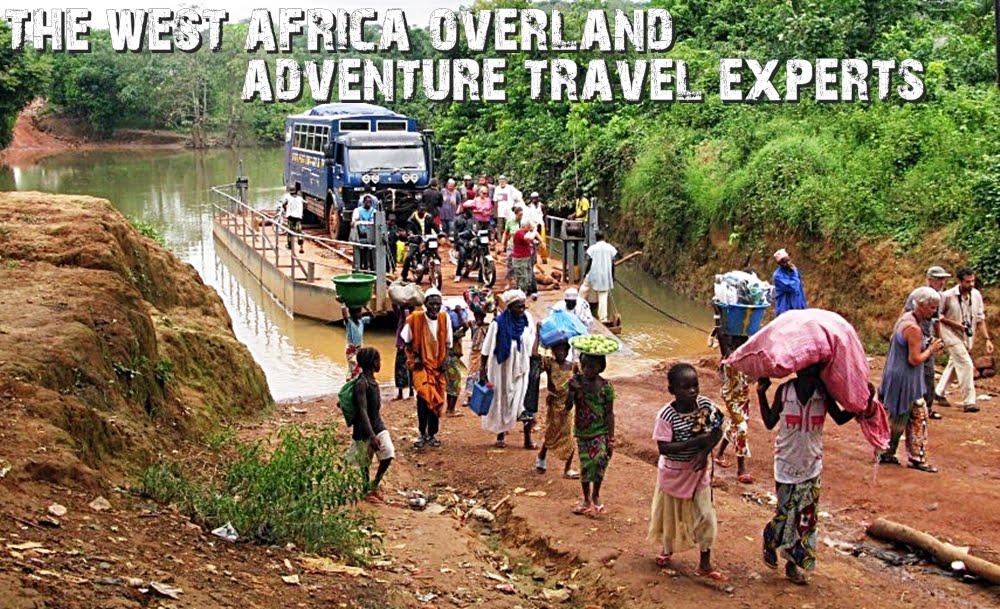A short drive from Essaouira took us to Marrakech, where we said goodbye to Pauline, Zoe, Lexi and John at the end of our Dakar to Marrakech trip.
Djemaa el-Fna is Marrakech's huge central square and a focal point of the city, which comes to life in the evening with numerous food stalls, musicians, story tellers and performers.
Above is a picture of our Dakar to Marrakech group sharing a meal in Djemaa el-Fna on the last night of the trip. From left to right, Fred, Will, Hiro, Nathan, Lexi, John and Zoe.
Marrakech has 18 souks which all specialise in a different craft. Rowan, left and right below, made sure she bought something from each one of them!
We enjoyed a beautiful drive from Marrakech over the Tizi n'Tichka pass, a road through the High Atlas linking the coastal plains and the Sahara Desert.
En route we visited the ancient kasbah of Ait Benhaddou, an impressive fortified Ksar that has been used in many films such as Gladiator and Kingdom of Heaven. Below, Jase and Ida walking over the bridge to Ait Bennhadou.
There was a downpour at our bush camp before we headed into the Sahara desert - fortunately Ian remembered his umbrella!
Heavy rain the next day slowed us down on our journey into the Sahara. At a coffee stop in Agdz we were told it hadn't rained so heavily since 2006! Fortunately the skies cleared for our arrival at our camp and we went for an afternoon walk amongst the soggy dunes.
Below, Ida, JP and Jase.

There was an impressive thunder and lightning storm on our first night in the desert which blew Hiro's beloved tent away as he was trying to put it up. If anyone finds a bright yellow tent in Algeria, Hiro would very much appreciate being re-united with it!
We spent Jan's birthday appreciating the shelter of a sturdily built Berber tent.
We spent Jan's birthday appreciating the shelter of a sturdily built Berber tent.
With clearer weather the next day we packed up our camels for our trek into the desert. The camels took even longer to get ready than we did!
Above, Rowan, Hiro and Jase, prepared for the desert winds.
Above, birthday girl Ida leads our camel caravan. As she's allergic to eggs we celebrated with a birthday melon, with everlasting candles that threatened to stay alight all night!
The next day we visited Erg Lihoudi. Below, Al and Jase enjoy a quiet moment after a steep climb up the highest dune.
In the afternoon the wind picked up again, this time bringing a sand storm with it. We were all wrapped up as a defence against the sand but the camels didn't seem bothered at all!
In the evening our guide showed us how to make sand bread, as Berber tribes have been baking bread for generations.
The next day we explored the Draa river valley, visiting Tamegroute. This small town is known for its Koranic library, which includes a Koran from the 14th century.
Below, Rowan models a traditional black shawl.
Tamegroute is also known for its green pottery. The first 'firing' of the pottery is done in the sun, with the green glaze baked on later in a wood fired kiln. What look like plant pots cut in half at the bottom of the photo are actually roof tiles!
Below, Will, John, Hiro and Rowan enjoy local hospitality in the kasbah in Tamegroute.
From the Sahara we headed north on a drive to Todra Gorge, passing a number of ruined kasbahs on the way.
The walls of Todra Gorge rise up to 160 metres on each side, narrowing to just 10 metres wide at one point.
We spent a day hiking in the gorge and exploring the palmeries below.
We stayed outside of Todra at Tamtachoute, away from the tourist bustle of the main gorge.

Below, John, after a trek to the Petit Gorge, a little visited spur off the main gorge.
The next day we visited Akhiam Caves on our way to Imilchil. The drive there, and the trek up to the caves, was as impressive as the caves themselves!
Below, Al on the trek to the caves: Aminah is a tiny blue spot in the valley below.
Below, Jase and Will at the entrance to the caves. Inside there is a large network of caves on several levels, with underground lakes and many stalactites.
Above, Al and Alice under the huge natural archway outside the entrance to the caves.
Below, Lake Tizlit in the Eastern High Atlas National Park, where we stayed for 2 nights.

Below is an Opsrey we saw on our first night. Ospreys breed by the lake during the summer, but head for warmer climes in the winter.
We spent a day trekking to Lake Islit, sharing tea and goats cheese with herders along the way.

On our last evening, our host cooked us a cous cous feast. From left to right, Ian, Nathan, John, Hiro, Fred, Rowan, Alice, Ida, Jan, Al and Jason.
The drive down through the High Atlas mountains was stunning, if a little tight at times!
Below, donkeys graze in front of Lake Aguelmame Sidi Ali. Ida took some persuading to leave the baby donkey behind!
We drove through an ancient cedar forest on the way north, and were fortunate enough to see Barbary Macaques, the only macaques found outside of Asia. These are the same as those that were introduced to Gibraltar.

Our last night in the Atlas mountains was particularly chilly; fortunately there was plenty of wood in the forest for our camp fire to keep us warm!
Our next drive brought us in to the ancient imperial city of Fez, from where our next blog post will pick up shortly.
Many thanks to Alice, Lexi, Ida, John, JP, and Fred for all of the photos!



























































































